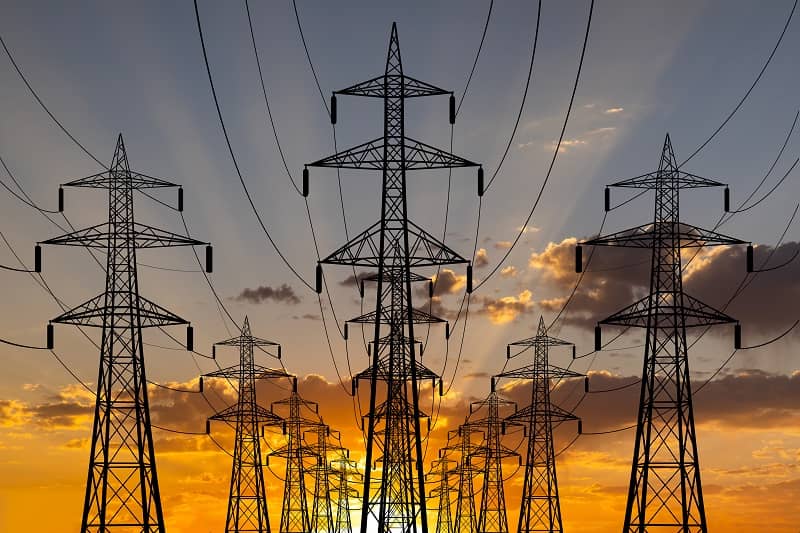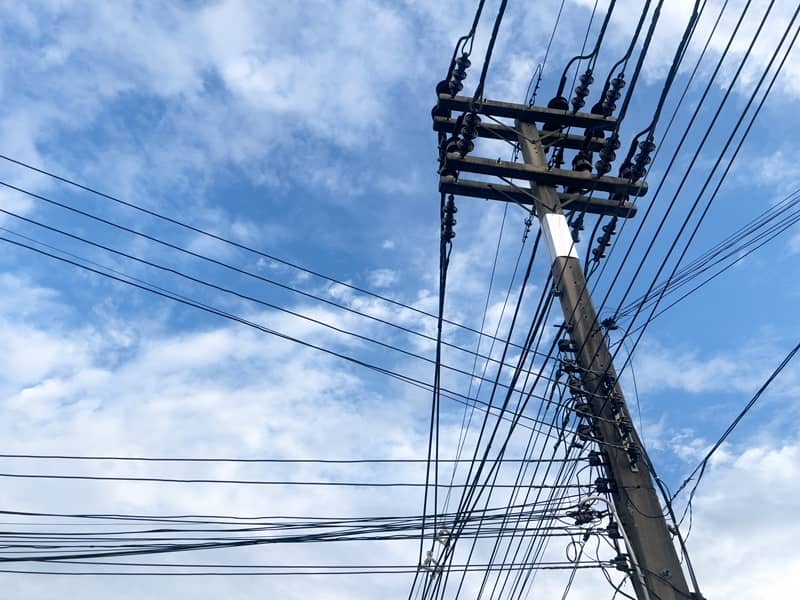

Recently the Environmental Protection Agency tightened the standard for ground-level ozone by 11 percent. Ozone is formed by the mixing of certain pollutants such as car exhaust in the presence of sunlight, and can irritate lungs and damage crops.
Predictably, local environmentalists immediately complained that the reduction didn’t go far enough, pointing to the rise in asthma rates as evidence of a problem. But ambient concentrations of ozone in Oregon have been declining for decades, and are well below standards. In the Portland-Vancouver area, for example, ozone emissions have dropped roughly 20% since 1990, even though population has gone up by 47% and driving has increased by 54%.
And this is not an isolated trend. Emissions of virtually all air pollutants, including oxides of nitrogen, particulates, and lead, have all gone down since 1988.
No one seems to know exactly why asthma rates are increasing, but if air pollution has been dropping for decades, it’s unlikely that tighter standards for ozone would have much effect.
Environmentalists tend to whine about everything. But as the annual celebration of Earth Day approaches, let’s take a moment to enjoy one of the great accomplishments of the late 20th century – the permanent clean-up of urban smog in most American cities.
© 2008, Cascade Policy Institute. All rights reserved. Permission to reprint in whole or in part is hereby granted, provided the author and Cascade Policy Institute are cited. Contact Cascade at (503) 242-0900 to arrange print or broadcast interviews on this topic. For more topics visit the QuickPoint! archive.











